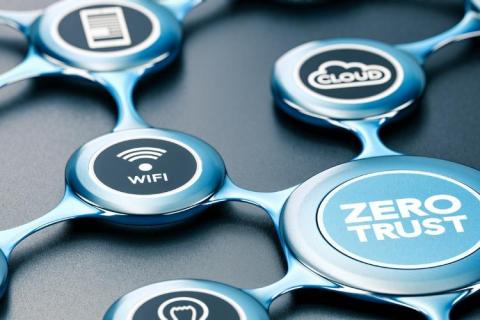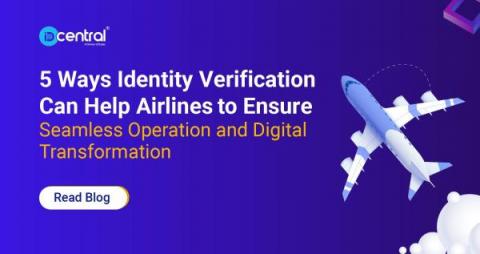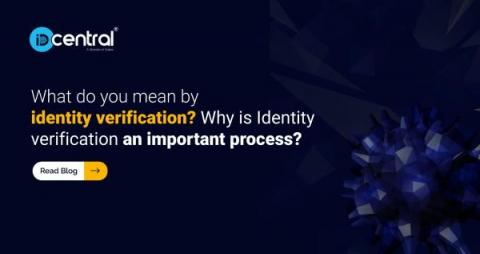Digital Insurance: Why is Digital Customer Onboarding crucial for the Insurance Industry?
A 2020 survey of European insurance executives showed that some 89 percent of participants expected digitization in the insurance sector, this silver lines the existing process in the adoption of digital channels by the insurance sector. The insurance sector has been under pressure to enhance its online insurance market for some time now.










